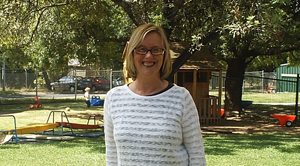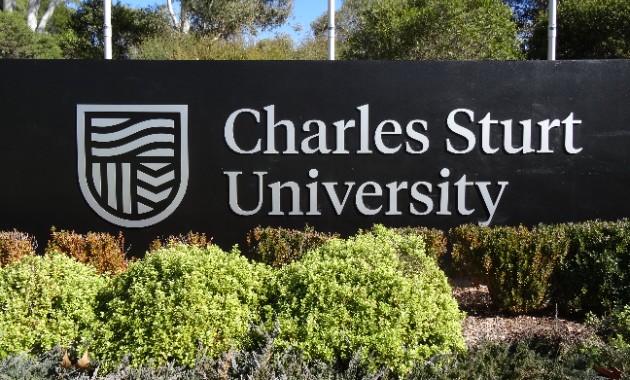CSU has already had tremendous success getting health care graduates to stay in regional NSW. In the five years before the first CSU pharmacy graduates, 15 new pharmacists chose to practise in regional areas. In the five years since CSU graduates, about 117 extra pharmacists began practising in rural and regional Australia.
Grow your own
1 JANUARY 2003

Regional Australians are not getting back from Medicare and private health insurance what they are putting into it, according to a Productivity Commission report released earlier this year. In a literal case of adding insult to injury, it is estimated that about $220 million a year of the Medicare levy collected in non-urban areas flows back to metropolitan services. Why?
Regional Australians are not getting back from Medicare and private health insurance what they are putting into it, according to a Productivity Commission report released earlier this year. In a literal case of adding insult to injury, it is estimated that about $220 million a year of the Medicare levy collected in non-urban areas flows back to metropolitan services. Why?
Because of the on-going critical shortage of health practitioners in rural and regional areas.
“It is possible to influence health care students to elect to practise in rural areas,” according to Professor Mark Burton, Dean of the Faculty of Health Studies at Charles Sturt University (CSU). “Students from a rural background are more willing to work as doctors in rural areas.”
Stephen Milgate, Executive Director of the Australian Doctors' Fund, calls training rural and regionally based students in medical and dental degrees “a viable long-term solution. Bright young people from rural areas wanting to pursue medicine, should be and must be given the red carpet treatment.
“We must provide every opportunity for young people with rural backgrounds who have the required intelligence and skill to pursue a medical career. We have to grow our own rural GPs.”
Late last year, the Australian Medical Association (AMA) released its Position Statement on Regional/Rural Workforce Initiatives. AMA President Dr Mukesh Haikerwal says “getting more country kids into medical schools must be a priority.”
Dr Catherine Errey is a GP based in Orange in the central west of NSW, and co-founder of the Rural Dental Action Group. “We need students who are willing to go and work in the country when they have finished their training. The further west you go, the bigger the problem is, for both dentistry and medicine. We’ve done a lot of work in getting country students to do medicine. So we’re getting a bit of a move on now, with more doctors moving to the country. Even so in Dubbo there is a shortage of GPs.”
The National Rural Health Alliance has two catch phrases: “No Doctor, No Medicare”, and “No pharmacist, No subsidised pharmaceuticals”. Perhaps a third could be added; “No Dentist, No teeth”. The Alliance has emphasised not only the shortage of doctors in rural and remote areas (which is well known) but also the shortages of allied health professionals like dentists, which is less well known. “These workforce shortages have serious impacts on health consumers. Rural students help increase the supply of medical professionals to rural areas.”
CSU and the University of Sydney (USyd) have agreed to cooperate in the provision of a specialised rural pathway from a CSU pre-clinical degree (Bachelor of Clinical Science) into either the USyd dental (Bachelor of Dentistry) or medical (Bachelor of Medicine, Bachelor of Surgery) programs. A total of 10 dentistry and 10 medicine places will be guaranteed to graduates from CSU who meet the entry requirements.





Social
Explore the world of social